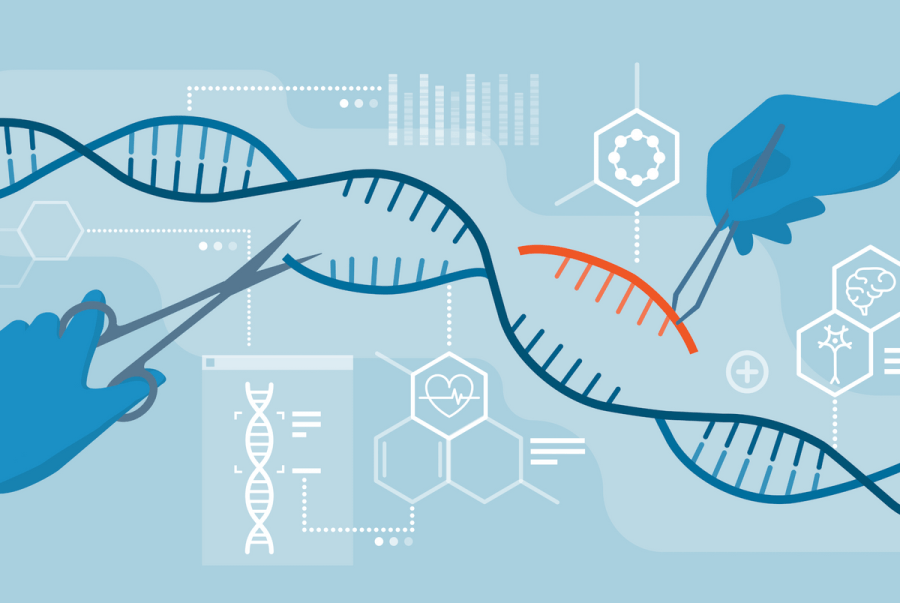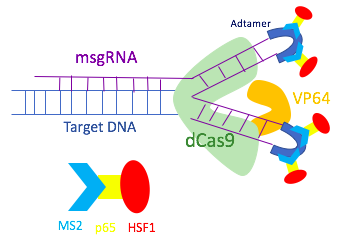CRISPR gene editing, (Clustered Regularly Interspaced Short Palindromic Repeats), is a relatively new biological technology that allows scientists to fix unimaginable flaws with an unprecedented minimal risk of off-target effects. This advanced technology aligns perfectly with our current unit of DNA replication and Gene expression/replication, so it should be a good review to keep reading.
CRISPR gene editing has two main components; the Cas9 protein and a guide RNA (gRNA). The Cas9 protein acts as the Helicase, cutting and unzipping the DNA strand. The gRNA is designed to recognize a specific sequence in the DNA of a cell. Once the DNA is cut, the cell uses a homologous DNA template to repair the break in the DNA molecule. The template DNA, Homology Directed Repair (HDR), is designed to carry the desired genetic modification and incorporate it into the DNA through the natural DNA repair mechanisms. This process alters or even adds new genetic information to the organism. For example, researchers from UT Southwestern Medical Center used CRISPR to treat Duchenne muscular dystrophy (DMD). A genetic disease that causes muscle degeneration and weakness. The team used CRISPR to delete the gene responsible for producing a toxic protein that causes DMD. They then replaced the missing gene with a shorter, functional version, which allowed the muscles to regenerate and become stronger.
This advanced technology has been used to increase crop yield from various crops. In California it was used to create more drought resistant rice. In another state, it was used to eliminate browning of red apples. This process is becoming increasingly useful and popular because of its safety. The gRNA can be designed to target a very specific sequence of DNA, which means that scientists can modify genes with precision and accuracy. This specificity also reduces unintended genes, which remains to be a large concern for other gene-editing processes. This technology has enormous potential in the science world and can safely guide us into disease treatments, agricultural efficiency, and advanced biological research.




Leave a Reply